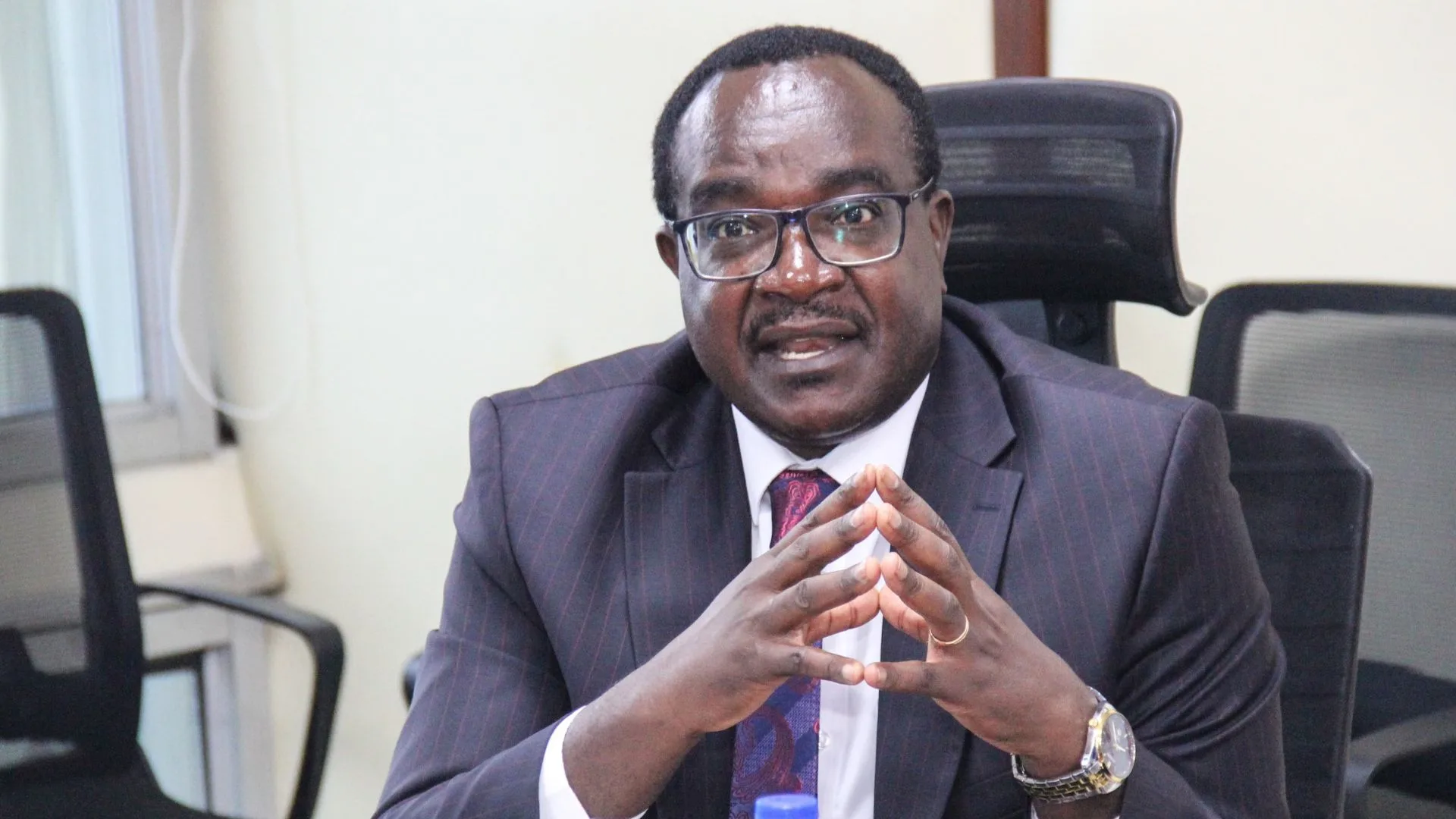Government Releases Less Than 50% of Capitation Funds, Leaving Principals in Financial Crisis.
Secondary school principals are warning of major operational challenges due to the delayed disbursement of capitation funds. They report that only Ksh.4,000 per student has been allocated, significantly lower than the required Ksh.8,000 for the current term.
The Ministry of Education was expected to have released Ksh.28 billion by this time, constituting 50% of total capitation funds.
One month after the school term began, only Ksh.14 billion has been disbursed, raising concerns among school administrators about technical failures within the system. Some students have not been accurately registered, resulting in reduced funding for certain schools.
A school principal, speaking anonymously to Citizen TV, disclosed that their institution received only Ksh.2.6 million instead of the anticipated Ksh.10 million for the first half of the term’s allocation.
The principal expressed concern over how schools are expected to function effectively with such limited financial support.
According to the principal, the government is supposed to provide Ksh.22,224 per student annually, yet these funds have been consistently delayed for years. Schools are owed millions, if not billions, in unpaid allocations, making it increasingly difficult to sustain operations.
Union Leaders Decry Lack of Transparency
KUPPET Deputy Secretary General Moses Nthurima emphasized that principals have been unable to determine the exact percentage of funds received since the Ministry deposited inconsistent amounts into school accounts.
He pointed out that although 50% was expected, the amount disbursed is less than 10%, making it difficult to assess and budget effectively.
The Ministry of Education asserts that Ksh.14 billion has been allocated, which accounts for approximately 20-25% of the required amount. However, schools were expecting 50%—equivalent to Ksh.28 billion—causing significant financial strain.
Secondary school administrators argue that the persistent delays and unexplained deductions in capitation funds have severely disrupted school management.
Despite receiving a mere Ksh.13,000 per student last year, there is little accountability regarding the remainder of the funds.
A principal, speaking anonymously, stated that no one is questioning where the missing funds go, as fear and silence prevail in the country.
He warned that school operations have reached a breaking point, urging parents to take a more active role in supporting their children’s education.
KNUT Executive Secretary for Nyamira branch, Evans Obiri, also criticized the minimal disbursements, questioning how 10% of the allocated funds could adequately cover school expenses, including essential supplies.
Discrepancies in Student Data Affecting Funding
School leaders have raised concerns about discrepancies in the Ministry of Education’s records, particularly for Form Three students.
The ministry’s data reportedly lists fewer students than are actually enrolled, leading to reduced funding that does not match the actual student population.
This discrepancy has exacerbated financial burdens, with schools accumulating millions in pending bills.
Read Also: Sh70 Million NG-CDF Bursary Benefits 800 Needy Students in Naivasha
Principals are reportedly avoiding creditors by staying away from their offices, as the lack of funds has made running schools increasingly difficult. Some principals have emphasized the dire situation, warning the public that government funding for education is no longer sufficient to sustain schools.
As the Ministry of Education awaits the Treasury’s release of the remaining funds for this term, public secondary schools across the country face a looming crisis. Many schools are left with no choice but to shift the financial burden onto parents to keep daily operations running.
Government Releases Less Than 50% of Capitation Funds, Leaving Principals in Financial Crisis
Follow Teachers Updates on Facebook, LinkedIn, X (Twitter), WhatsApp, Telegram, and Instagram. Get in touch with our editors at [email protected].



Discussion about this post